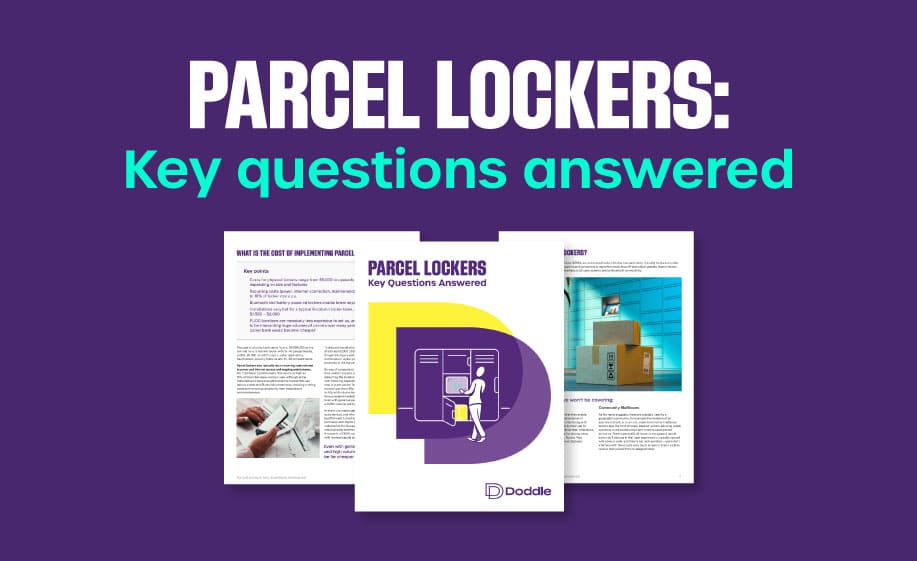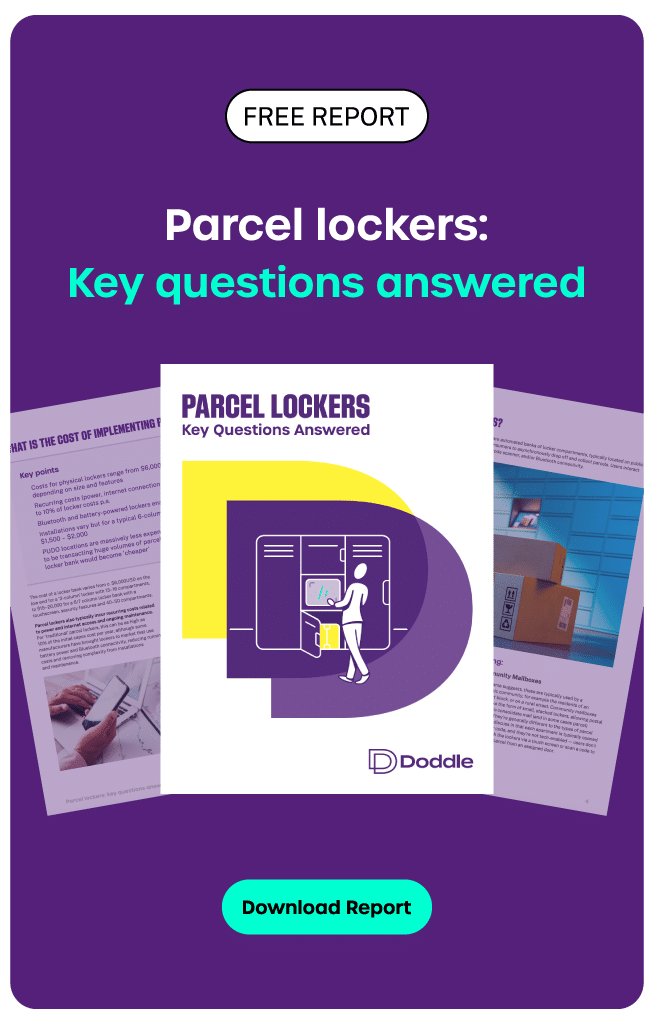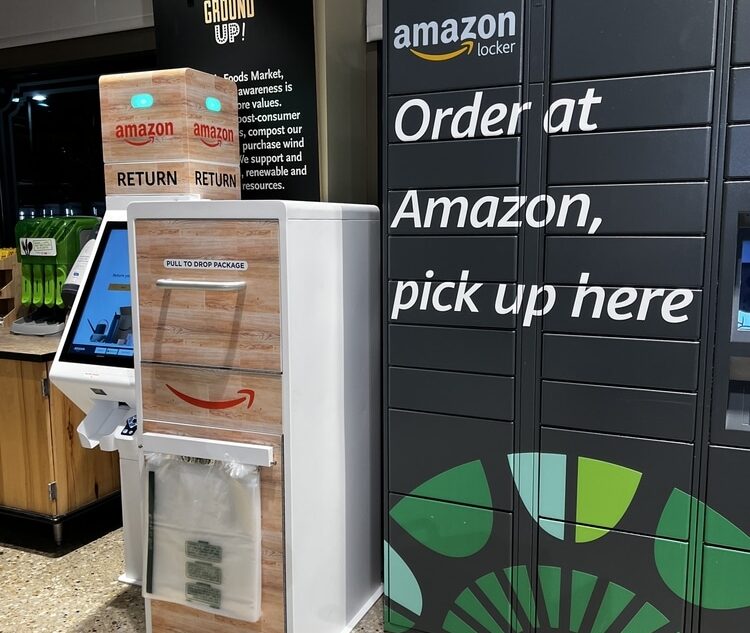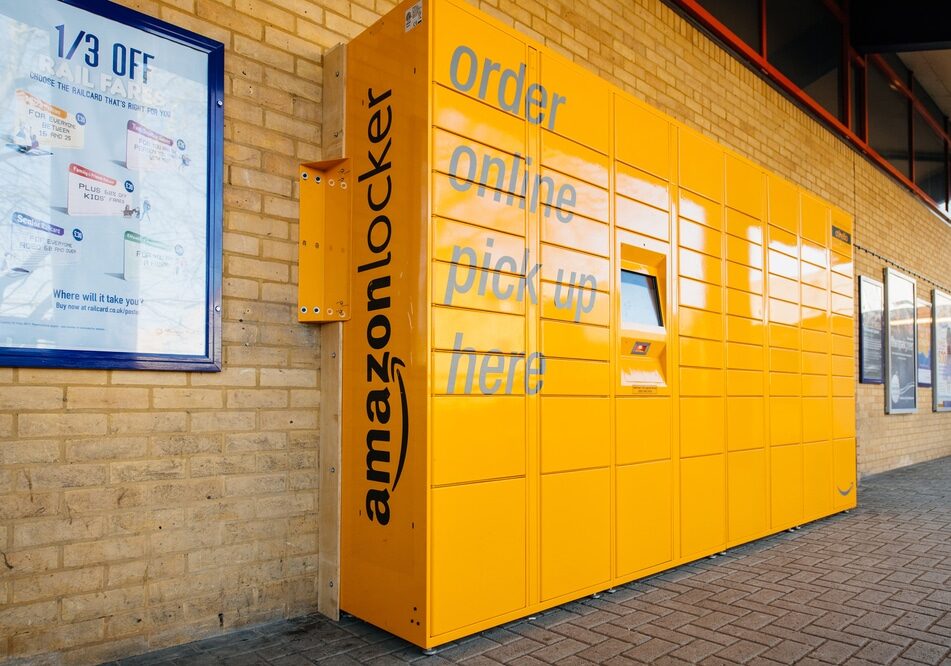Insight / Blog
What consumers think about parcel lockers and how carriers can encourage adoption
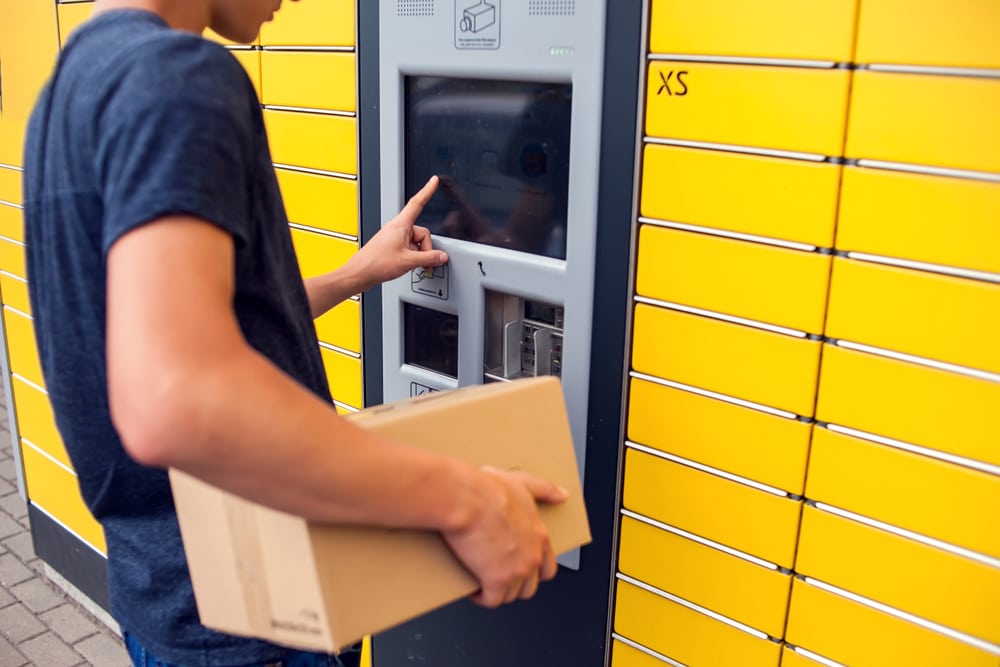
Summary: Parcel lockers offer carriers automation, consolidation and increased efficiency. But what do consumers really think about them?
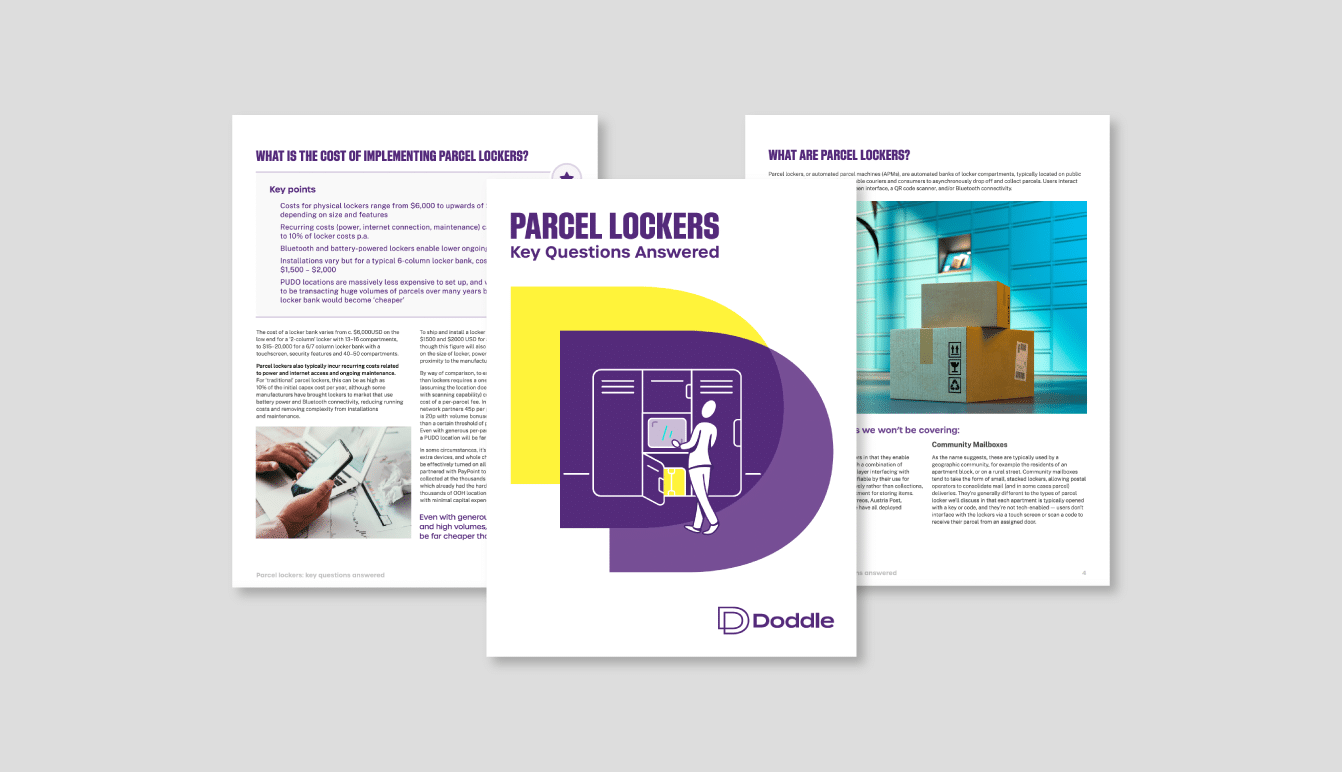
Last-mile delivery is the most expensive and complex part of the delivery journey, representing approximately 50% of a parcel delivery cost. With parcel volumes set to rise and demand for the last mile to grow by a further 78% by 2030 — carriers and posts need a way to cut costs and increase efficiency in this sector.
Parcel lockers provide carriers and posts with a solution, offering automation, cost reduction and increased efficiency through parcel consolidation. But what do consumers think of parcel lockers?
In this article, we’ll dive into current customer perceptions around parcel lockers and what carriers can do to encourage user adoption.
Do consumers want parcel lockers?
In the broadest sense, in most countries, most consumers don’t currently prefer to use lockers to collect or return their parcels. Accenture data from 2020 in the United States notes that 77% of shoppers prefer to receive deliveries to their homes, and just 5% said they would prefer to use a locker. However, given the relatively poor locker coverage in the US, this should not be surprising – consumers are unlikely to say they prefer a solution which does not exist in their area, or which they simply aren’t aware of.
In countries with more developed locker density where the solution has had more investment, promotion and time to bed in with consumers, it’s much more popular. In Poland, for example, 43% of parcels in 2022 (424 million parcels) were delivered into InPost’s paczkomaty, versus just 10% (~18 million parcels) in 2015. InPost started way back in 2006, though, which highlights how long it can take to bring about this kind of momentum.
At a more general perspective in the home vs OOH debate, across the board in Europe, only minorities of shoppers prefer to use out-of-home delivery methods, including lockers. Retail Economics data cited by Metapack shows that younger people are especially likely to prefer lockers – 39.5% of 18-24-year-olds said that their preferred delivery option was a collection point, meaning either lockers, parcel shops or in-store collections. This is supported by Doddle’s own research in 2021, where 34% of the 18-24 age bracket preferred lockers as their out-of-home delivery method of choice, compared to 24% of the general population.
While the convenience (and typically deeply ingrained habit) of home delivery is not likely to be outcompeted as a result of parcel lockers being more widely available, lockers do have appeal as an alternative delivery option for many shoppers. That appeal is comparable to, and in fact often exceeds, the general level of demand for out-of-home delivery.
Consumers can and should be persuaded
To come back to the point we started on, most consumers currently don’t prefer to use lockers for their ecommerce deliveries. But consumers don’t tend to tell us that they want services they’ve never heard of or don’t understand the benefits of, if they’ve not heard of their friends using it, or if they’ve not seen any other ‘social proof’ of its value.
That’s why any carrier or post evaluating a parcel locker programme should also focus on a long-term adoption strategy: making consumers aware of the solution, its benefits and availability, and then ensuring that they’re reminded of it at crucial moments, particularly when they’re choosing their delivery options at merchant checkouts. It’s evidently possible to persuade consumers to try new things – but it does take time (years, not months) money and skill.
NPS data we’ve witnessed from multiple Posts and logistics providers indicates that delivery to a parcel locker is often the delivery option that leaves customers happiest, and the method they would be most likely to recommend to a friend – lockers usually beat home delivery on NPS. This indicates that the potential for lockers to become much more widely desired and utilised by consumers is there – but early adoption has to be encouraged to get the ball rolling.
Read our European merchant report on out-of-home delivery options
Carriers to bang the drum for lockers
Lockers offer consumers the key advantages of flexibility, security, sustainability and price. For carriers and posts to encourage adoption and change consumer behaviour, they must promote these benefits in consumer-focused communication and messaging.
In addition to promoting the benefits to consumers, carriers and posts also need to work with merchants to ensure that parcel lockers are prominently displayed on checkout. After all, if consumers can’t see the option at checkout, they aren’t going to change their behaviour.
Discover more about how to encourage parcel locker adoption, and get all of your parcel locker questions answered in our latest report.
Related articles
Lessons from a decade in the first and last mile
A decade as Doddle taught us some lessons - and Blue Yonder helps us see what will matter in the next decade.
Parcel lockers vs parcel kiosks: which is best for parcel drop-off?
We explore the benefits and drawbacks of parcel lockers and kiosks to help decide the best self-service solutions.
What do out-of-home networks look like in the UK?
We dive into the biggest logistics operators and their current OOH networks in the UK








